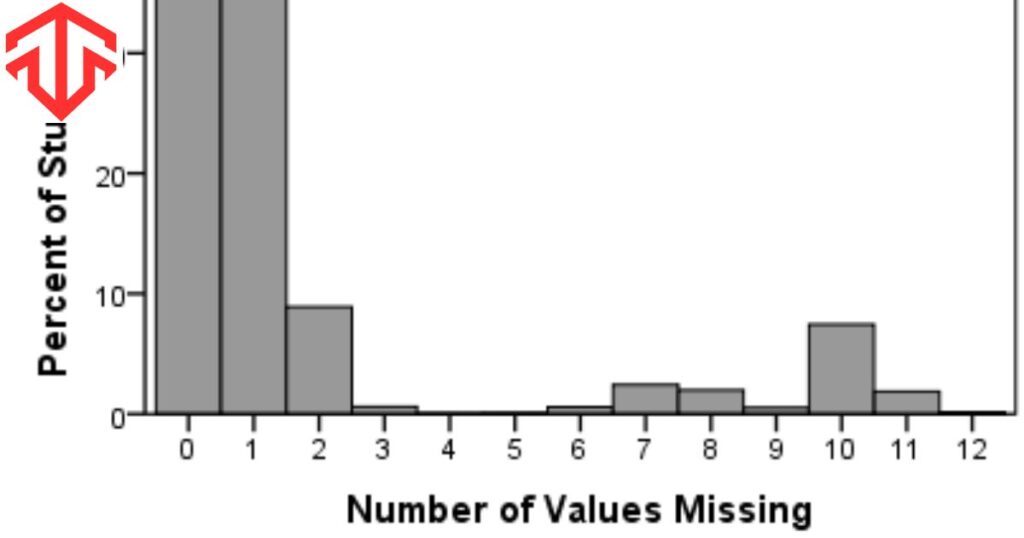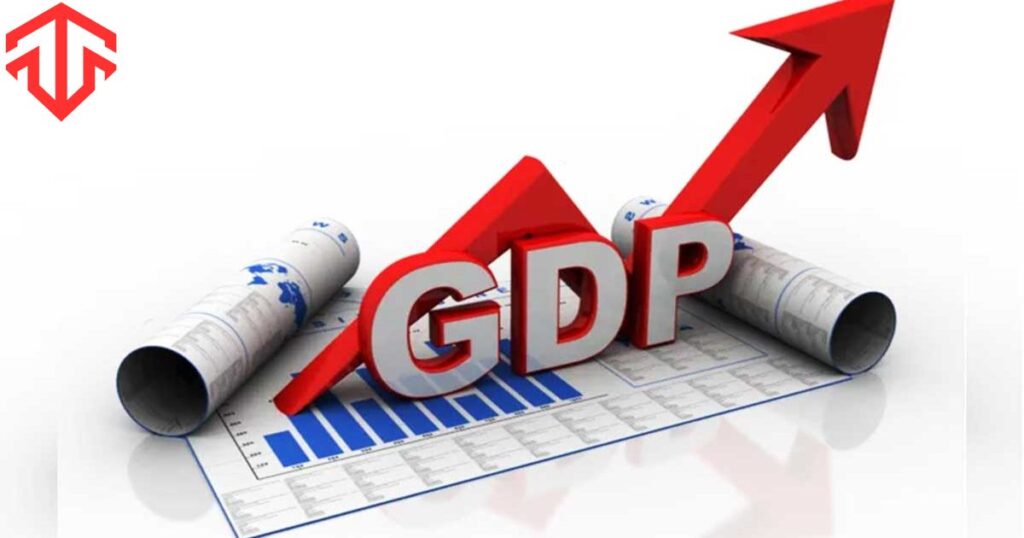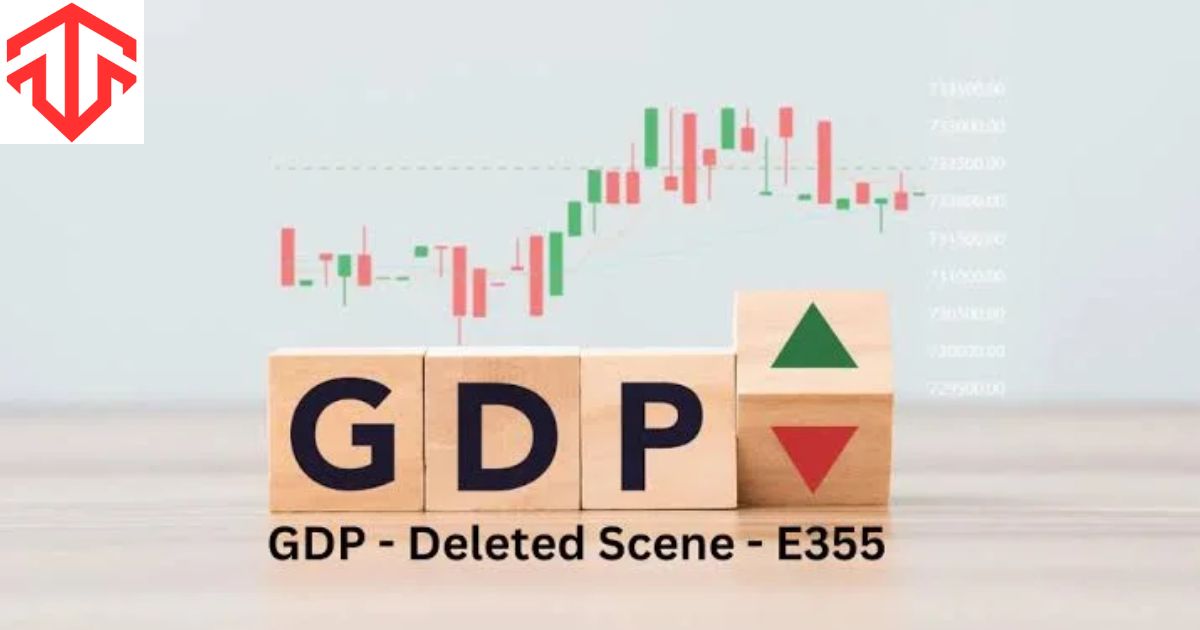GDP stands for Gross Domestic Product. It’s a key measure of a country’s economic health. GDP shows the total value of goods and services produced in a country. It’s calculated over a specific time period, usually a year. A higher GDP often means a stronger economy.
A lower GDP can indicate weaker economic growth. But GDP isn’t perfect. Sometimes, important data is left out. This missing information is like a deleted scene in a movie. It can change how we see the whole picture. In economics, these deleted scenes can have big impacts.
Understanding ‘Deleted Scene’ in Economic Terms
In economics, a deleted scene is missing or excluded data. It’s information that should be part of GDP calculations. But for some reason, it’s not included. This can happen for different reasons.
Some economic activities are hard to measure. Others might be overlooked. For example, work done at home often isn’t counted. The same goes for volunteer work. These are like deleted scenes in the GDP story.
Informal work is another common deleted scene. This includes things like street vendors or small, unregistered businesses. Their work adds value to the economy. But it often doesn’t show up in official GDP numbers.
The ‘E355’ Concept: What Does it Represent?
E355 is a mysterious term in this context. It might be a specific code used in economic studies. Or it could represent a certain type of data or economic activity. Without more information, it’s hard to say exactly what E355 means.
In some cases, codes like E355 might refer to specific industries. it could be a code for technology services. Or it might represent a certain type of manufacturing. Each industry can have its own codes and categories.
Understanding what E355 stands for could help us see its impact. If it’s a major industry, leaving it out would be a big deleted scene. This could seriously affect GDP calculations. It’s like removing a main character from a story. The whole narrative changes.
Case Studies: Real-World Examples of Missing Data in GDP

Let’s look at some real examples of deleted scenes in GDP. These show how missing data can change our view of an economy. In many countries, the informal economy is a huge deleted scene.
This includes things like street vendors, small repair shops, and domestic workers. In some places, this can be up to 30% of the economy. Imagine leaving out 30% of a movie. You’d miss a lot!Another example is digital services.
As our world becomes more digital, measuring these services gets tricky. How do you measure the value of a free app Or a social media platform? These new types of value are often underrepresented in GDP.
Read This Blog: Exploring Sankaka Complex: Your Gateway to Anime and Manga Culture
Impacts of Deleted Data on Economic Forecasting
When we have deleted scenes in our GDP data, it affects more than just the current numbers. It also changes how we predict the future. This is called economic forecasting.
Forecasters use past and present GDP data to guess future trends. If that data is incomplete, their guesses might be wrong. It’s like trying to predict the end of a movie when you’ve missed key scenes.
For example, if the digital economy is undercounted, we might underestimate future growth. Or if we miss the value of home production, we might not see shifts in the labor market. These mistakes can lead to poor planning and bad policy decisions.
Methods for Handling Deleted or Excluded Data
Economists have developed ways to deal with deleted scenes in GDP data. Here are some methods they use:
- Estimation: They use statistical models to guess missing values.
- Surveys: They ask people and businesses directly about their activities.
- Cross-checking: They compare data from different sources to find gaps.
- Satellite accounts: These are separate calculations for hard-to-measure sectors.
Governments are also working to improve data collection. They’re updating old systems. They’re finding new ways to track economic activity. The goal is to have fewer deleted scenes in future GDP calculations.
The Role of Technology in Modern GDP Calculations

Technology is changing how we calculate GDP. New tools are helping to fill in the deleted scenes.
Big data analysis can spot patterns we might otherwise miss. It can help estimate values for hard-to-measure activities. Artificial Intelligence (AI) can process huge amounts of information quickly. This helps catch inconsistencies and fill gaps.
Real-time data collection is becoming more common. This means less reliance on old or estimated data. It’s like watching a live stream instead of a recorded show. You get a more up-to-date picture.
Blockchain technology could help track transactions more accurately. This could be especially useful for measuring the digital economy. It could turn some deleted scenes into clear, recorded data.
Read This Blog: Maraca Camera Brand: Affordable, High-Quality Cameras for Every Photographer
Economic Policy Implications
If GDP looks lower than it really is, governments might try to stimulate the economy unnecessarily. This could lead to overspending or cutting taxes too much. On the other hand, if GDP seems higher than reality, they might miss signs of a coming recession.
Investment decisions also depend on GDP data. If certain sectors are undercounted, they might not get the investment they need. This can slow down economic growth in those areas.
Social policies can be affected too. If home production is left out, the value of unpaid work might be underestimated. This could lead to policies that don’t support this important part of the economy.
Frequently Asked Questions
What exactly is GDP?
GDP is the total value of all goods and services produced in a country over a specific time period.
Why are some parts of the economy left out of GDP?
Some activities are hard to measure, like informal work or home production. Others might be overlooked or lack good data.
How does missing data affect economic forecasts?
Incomplete data can lead to inaccurate predictions about future economic growth and trends.
What’s being done to improve GDP calculations?
New technologies and methods are being used to capture more economic activity and fill in data gaps.
Why is accurate GDP data important?
It guides important decisions by governments and businesses about spending, investment, and policy-making.
Conclusion
Understanding GDP is crucial for grasping the health of an economy. But it’s equally important to know about the deleted scenes – the missing or excluded data. These gaps can significantly change our view of economic reality.As we’ve seen, deleted scenes in GDP can come from various sources.
Informal work, digital services, and home production are just a few examples. Each missing piece affects not just our current understanding, but also our ability to plan for the future.Thankfully, economists and policymakers are aware of these challenges.

Fatima is an experienced content writer and digital marketer, skilled in creating SEO-friendly content that resonates with audiences. She helps brands enhance their online presence through targeted campaigns, with expertise in blog writing, social media management, email marketing, and SEO optimization.





